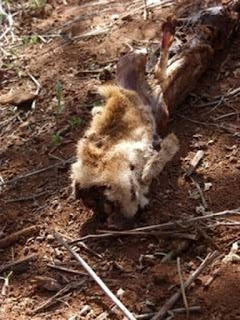Source ::: The Peninsula

Dr Nobuyuki Yamaguchi with the skull of a lion.
DOHA • A researcher at Qatar University (QU) has recently contributed to a study which recorded the first genetic evidence that England's first lions hailed from North Africa, where no natural lion population exists today. The lions were part of the Royal Menageries at the Tower of London.
The details of the study has been carried in the latest issue of scientific journal 'Contributions to Zoology' as well as on the Oxford University News Homepage, The Times Online, BBC News and Daily Telegraph, a QU press release said.
Dr Nobuyuki, Assistant Professor of Animal Ecology at Qatar University, was a member of a team of researchers from London's Natural History Museum and Oxford University who through examination of the mitochondrial DNA of well preserved skulls and analysis of the jawbones of the tow lions, revealed that they shared unique genes with the North African Barbary lion.
The link was further strengthened by the comparison of the skulls with Asiatic and North African Barbary lion skulls that are preserved in natural history collections in the UK and Europe.
Radiocarbon dating of the skulls showed them to be from the 13th to 15th centuries, making them the earliest confirmed lion remains in Britain since the extinction of the Pleistocene cave lion.
Commenting on the study, Dr Yamuguchi said:"By conducting researches such as this, I am seeking to improve the quality of my teaching which in turn will have great benefits fro my students at QU in terms of raising their level of interest in the sciences and in research. Good research really helps teaching and more efforts need to be injected in supporting it".
Source: http://www.thepeninsulaqatar.com/Display_news.asp?section=Local_News&subsection=Qatar+News&month=March2008&file=Local_News2008032925151.xml






